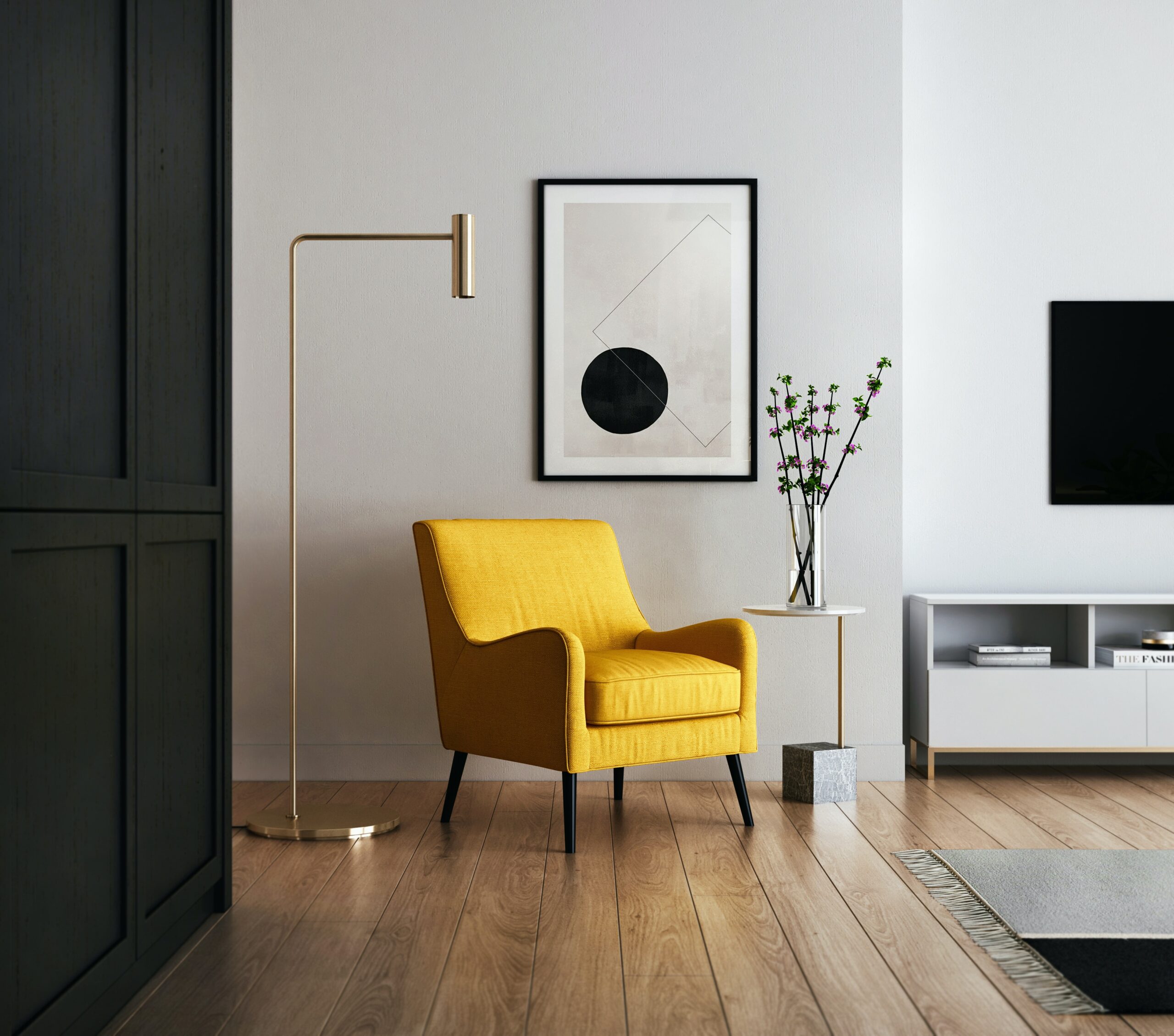[vc_row][vc_column][vc_column_text]
Embarking on a career as an interior designer is an exciting journey into the realm of creativity, aesthetics, and spatial transformation. If you’re fueled by a passion for design and ready to embark on this artistic adventure, here’s a comprehensive guide on how to kickstart your path to becoming an interior designer.
1. Pursue Education: Begin your journey by acquiring the necessary education. Explore accredited interior design programs, ranging from diploma courses to bachelor’s and master’s degrees. A formal education provides a solid foundation in design principles, spatial planning, and the use of various materials.
2. Develop a Strong Portfolio: Assemble a portfolio showcasing your design projects. Include any relevant coursework, personal projects, or internships. A compelling portfolio not only reflects your creative prowess but also serves as a visual resume when seeking opportunities.
3. Gain Practical Experience: Internships and hands-on experience are invaluable. Seek opportunities to work with established designers, design firms, or in-house design teams. Practical exposure enhances your skills, builds your network, and provides real-world insights into the industry.
4. Stay Technologically Proficient: In the digital age, proficiency in design software is essential. Familiarize yourself with tools such as AutoCAD, SketchUp, and Adobe Creative Suite. Technological proficiency enhances your efficiency and enables you to bring your design visions to life.
5. Specialize or Find Your Niche: Consider specializing in a particular niche within interior design, such as residential, commercial, or sustainable design. Specialization not only sets you apart but also allows you to tailor your services to specific client needs and preferences.
6. Network Within the Industry: Attend industry events, join professional organizations, and connect with fellow designers. Networking provides opportunities for collaborations, mentorship, and staying abreast of industry trends. Building a strong professional network is key to success.
7. Build an Online Presence: Establish a professional online presence. Create a website showcasing your portfolio, design philosophy, and contact information. Leverage social media platforms to share your work, connect with potential clients, and engage with the design community.
8. Consider Certification: While not mandatory, obtaining certifications from reputable organizations can enhance your credibility. Certifications signal a commitment to maintaining high professional standards and may make you more appealing to clients and employers.
9. Gain Knowledge of Business Practices: Beyond design skills, understand the business side of interior design. Familiarize yourself with budgeting, project management, and client relations. Business acumen is crucial for navigating the multifaceted aspects of the profession.
10. Explore Freelance Opportunities: Consider freelancing to gain independence and diverse project exposure. Freelance work allows you to manage your schedule, choose your projects, and build a client base. It’s a stepping stone to potentially establishing your own design firm.
11. Create a Business Plan: If entrepreneurship is in your future, create a business plan. Define your services, target audience, marketing strategies, and financial projections. A well-thought-out business plan lays the foundation for a successful design venture.
12. Stay Inspired and Informed: Design is ever-evolving, so stay inspired. Explore art, architecture, and design in various forms. Attend workshops, conferences, and online courses to stay informed about emerging trends and techniques.
13. Seek Feedback and Learn from Experience: Seek feedback on your designs from peers, mentors, or clients. Constructive criticism is a powerful tool for growth. Learn from every project and use experiences to refine your skills and approach.
14. Be Patient and Persistent: Building a successful career in interior design takes time. Be patient with your progress and persistent in your pursuits. Each project and experience contributes to your growth as a designer.
15. Stay Ethical and Professional: Demonstrate ethical design practices. Consider the social and environmental impact of your designs. Uphold professional standards, transparency, and integrity in your interactions with clients and collaborators.
Conclusion: Starting a career in interior design is a dynamic and rewarding endeavor. By combining education, practical experience, networking, and a passion for creativity, you can carve out a niche in this vibrant industry. Remember, the key lies not just in designing spaces but in shaping a career that reflects your unique vision and dedication to the art of interior design.
[/vc_column_text][vc_empty_space][vc_gallery type=”image_grid” images=”10876,10873,10869,10866,10863,10860,10854,10851,10825,10822,10813,10780,10703,10696,10694,10714,10712,10630,10626,10606,10609″ img_size=”300×300″][vc_empty_space][vc_column_text]Useful links | Interior Design | Interior Design company in Delhi NCR | Interior Design Cost in Gurgaon | Low budget interior designer in Gurgaon | Interior Design Firm | Interior Designer Ideas | Interior Designer in Noida Extension | Interior A to Z | Interior Designer in Gurgaon[/vc_column_text][vc_empty_space][vc_empty_space][vc_pinterest][vc_empty_space][vc_empty_space][vc_tweetmeme][vc_empty_space][/vc_column][/vc_row]
